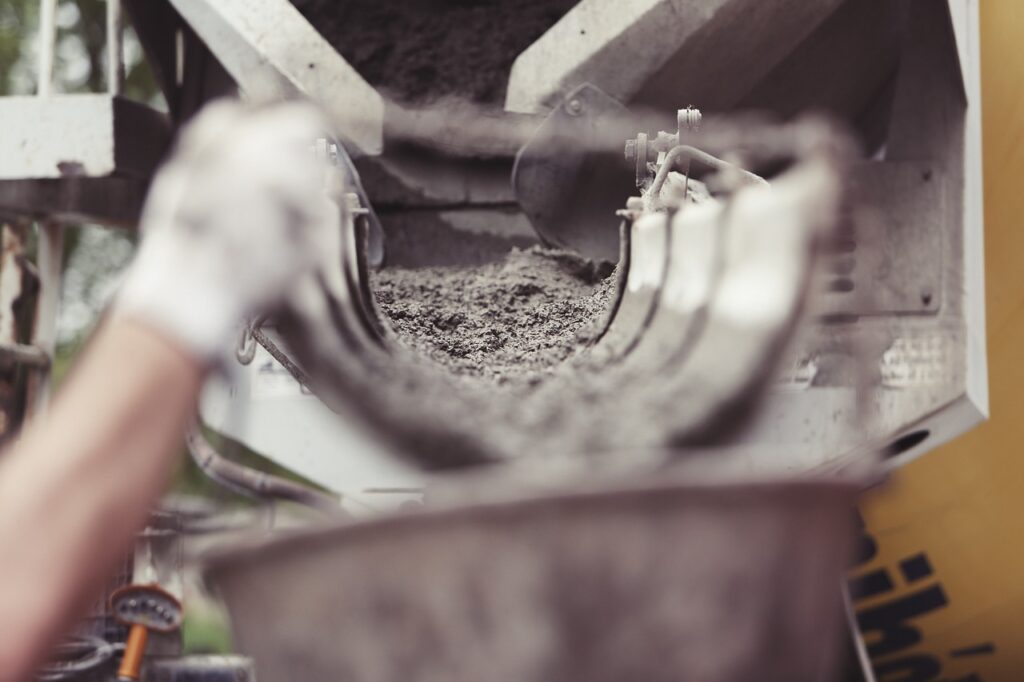Summit Materials has entered into a Memorandum of Understanding (MOU) with PCC Hydrogen (PCCH2), a hydrogen producer. This strategic alliance is set to transform cement manufacturing by integrating green hydrogen into the process, with a goal of achieving carbon neutrality by 2050.
Summit Materials’ subsidiary, Continental Cement, plays a pivotal role in this venture. David Loomes, President of Continental Cement, expressed the company’s commitment to environmental stewardship, emphasizing their aspiration to develop innovative solutions for a more sustainable future.
The heart of this revolutionary transformation is the incorporation of green hydrogen, a clean energy carrier produced through renewable sources, into cement manufacturing processes. Cement production is notorious for its significant carbon footprint due to the energy-intensive nature of the process.
By partnering with PCCH2 to introduce green hydrogen, Continental Cement aims to tackle this environmental challenge head-on. Green hydrogen can be produced by splitting water into hydrogen and oxygen using renewable electricity, a process known as electrolysis. This hydrogen can then serve as a clean energy source for various industrial applications.
The cement industry is responsible for a substantial share of global carbon emissions, making it a crucial target for decarbonization efforts. Reducing the carbon footprint of cement production is vital for addressing climate change and achieving sustainability goals.
Through this collaboration, Summit Materials and PCCH2 intend to pioneer a new era in cement production, one that significantly reduces carbon emissions and moves the industry closer to carbon neutrality. The hydrogen production process, when powered by renewable energy sources, can effectively replace traditional fossil fuels used in cement kilns, cutting down on emissions and environmental impact.





